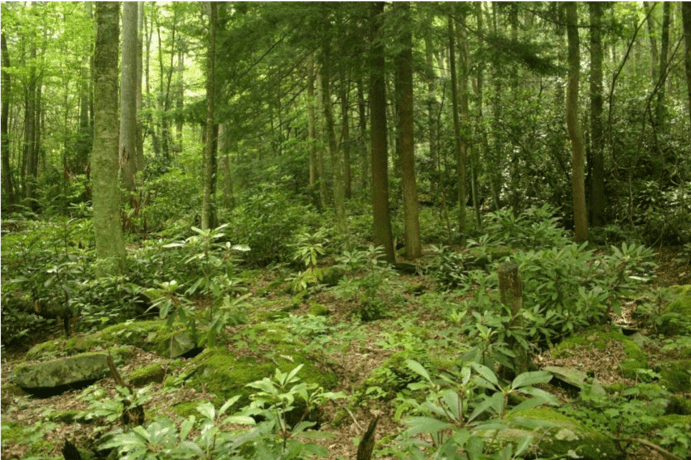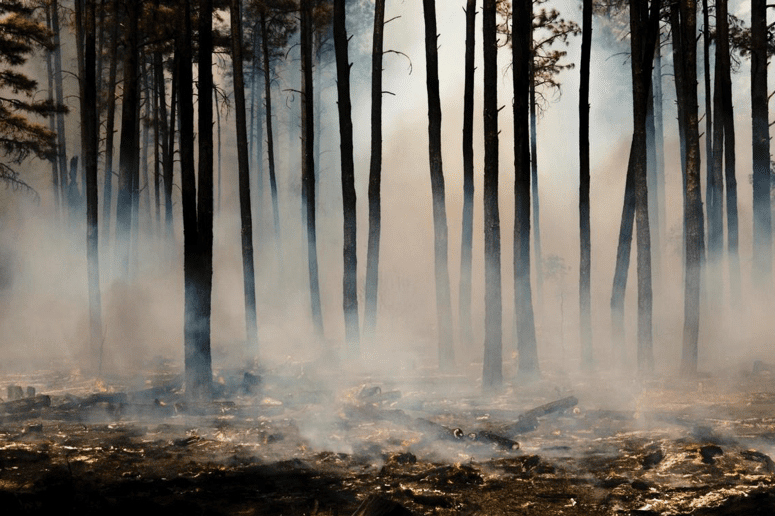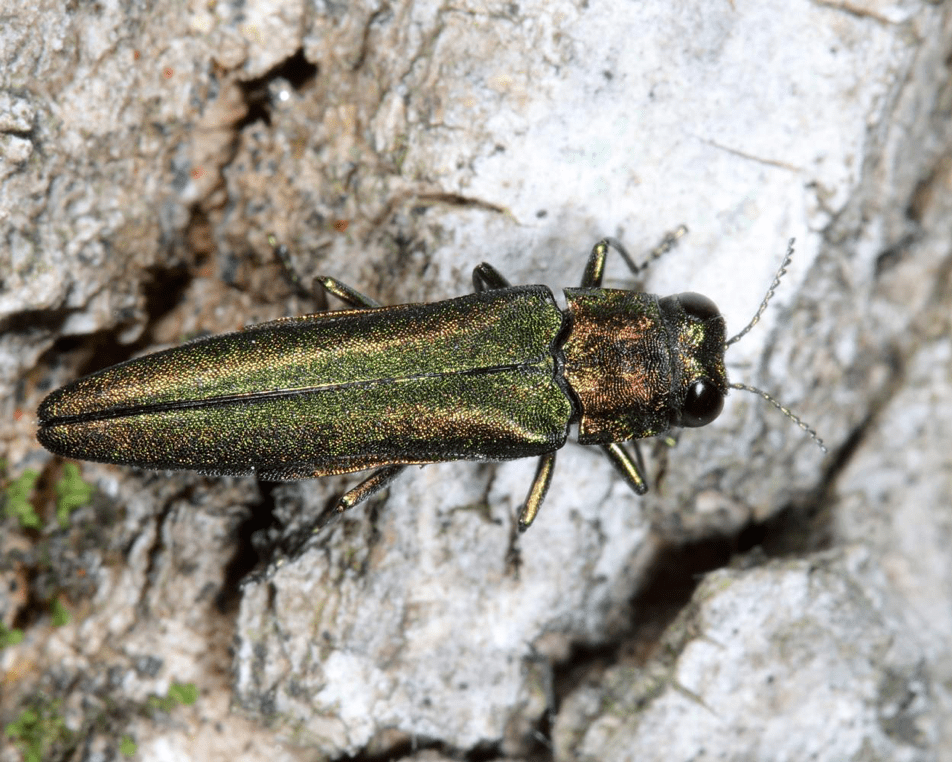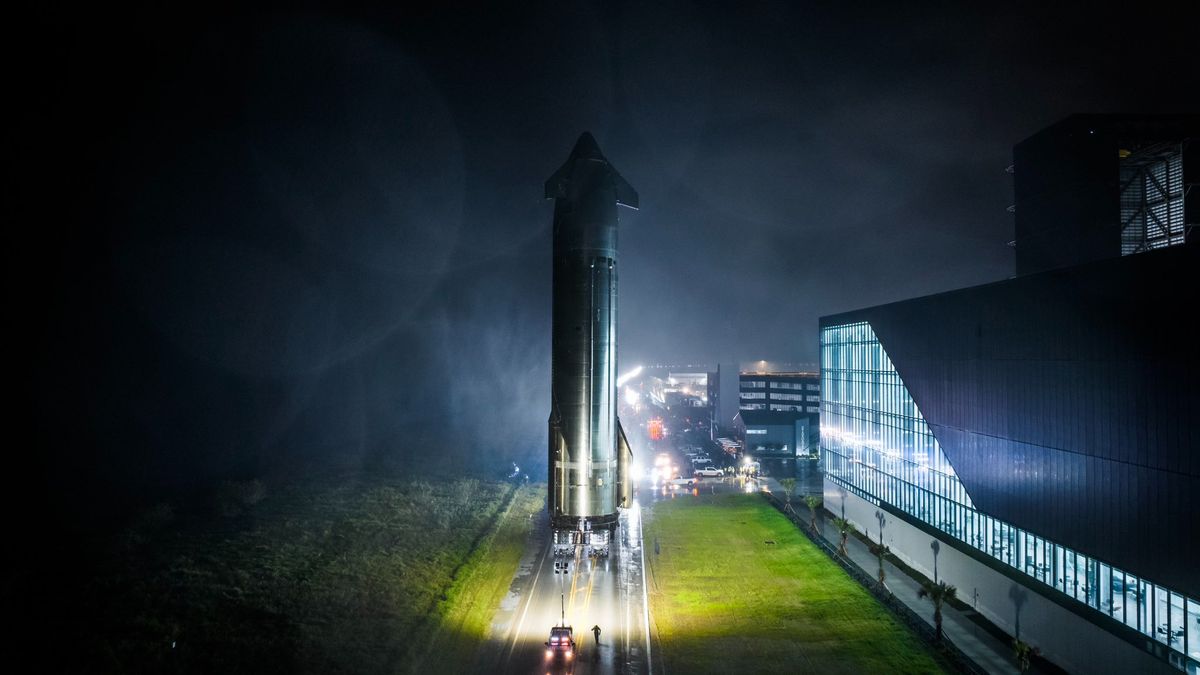You may remember from science class that plants take up water and carbon dioxide during photosynthesis to make glucose for food, releasing oxygen in the process. Since trees can grow to be very large and live for a long time, they are great at absorbing and storing large amounts of carbon dioxide from the atmosphere. In addition to acting as carbon sinks, our forests provide vital services. They provide humans with clean air and shade. Forests serve as crucial habitats for wildlife, including many endangered species. Their deep roots help hold soil together and reduce erosion. Many people find that simply walking through a forest improves their mental well-being. Our trees should not be taken for granted, especially since human-caused climate change is impacting forests in harmful ways.
Since the beginning of large-scale greenhouse gas emissions (around 1830), Earth’s average temperature has increased by a bit more than 1 degree Celsius. This may not seem like much, but it’s significant for our forests, which are used to gradual natural changes in temperature over thousands of years. During the last Ice Age, temperate forests of the Northern Hemisphere spread further south, reaching the Mediterranean region of Europe and Northern Africa. At the same time, regions that are deserts today, like the American Southwest, became forested. As the ice caps melted and temperatures rose, they retreated north to their modern locations. The recent warming caused by humans is accelerating that trend.
Largely due to climate change, trees are on the move. Individual trees, of course, are stationary. But the seeds they produce can get transported by animals, wind, and water to new areas, where they grow to produce new trees. If trees on one edge of a range die out, and the trees on another edge thrive and spread, then the population of trees is said to migrate. A study by the US Forest Service analyzed 30 US States over decades, comparing the location of older trees with younger growth. They found that 70% of tree species studied were found to be migrating. This movement is problematic for mixed forest communities where more than one species of tree dominates. If multiple species move in different directions, then the forest community will lose diversity.

Forests in Illinois are changing, and scientists are increasingly interested in their future. Before it was developed, the Chicago was dominated by oak trees such as the white oak (the state tree of Illinois). The acorns of the white oak remain an important source of food for rodents, deer, and birds in the surrounding natural areas. The U.S. Forest Service Report characterizes this tree as moderately vulnerable to climate change—although it is at risk of being damaged by heavy winds, it is drought-tolerant and may adapt to hotter conditions. Still, overall, it is projected to decrease in number in Illinois. Black cherry is another important tree in our region. Its fruit is edible and a favorite among birds. Black cherry flowers are important to many pollinators, including the swallowtail butterfly, whose caterpillars consume the leaves. The report characterizes it as being highly vulnerable to climate change. This is due to the tree’s sensitivity to pollution and soil conditions, both of which are projected to worsen. Black cherry trees are projected to decrease in number, reducing biodiversity in both trees and the wildlife that depend on them.
Climate change is also threatening trees across the United States through forest fires. Due in part to hotter, drier summers from climate change, the incidence of forest fires is increasing– in the last three decades the area of large forest fires in the western United States has doubled. Forest fires and climate change work as a positive feedback loop. A warmer climate encourages forest fires by drying out vegetation and soil, and reduced periods of snow cover means that fires can occur during colder months. Forest fires, in turn, contribute to climate change. A burned forest not only releases the carbon once stored in the trees, but also makes it impossible for those trees to absorb new carbon.

Climate change is also creating opportunities for the introduction of invasive species that are not native to the forest. Many invasive species that were limited in range by their inability to survive cold winters are spreading to new habitats made vulnerable by climate change. Invasive plant species take up space and resources, crowding out native trees and using up water and soil nutrients. Invasive insect species might attack specific native tree species. One invasive insect called the Emerald ash borer, which was first detected in Michigan in 2002, has killed millions of native ash trees by tunneling under their bark. It arrived in Illinois in 2006, and has inflicted extensive damage ever since. A tree census completed in 2020 found that the number of ash trees in Chicago had decreased by half since 2010. Our changing climate could lead invasive species to reach more natural habitats, diminishing our forests and native wildlife. They can also indirectly contribute to climate change by killing off large numbers of trees.

While trees can live for many decades, climate change is a quickly accelerating process. Therefore, land managers must consider future climate conditions when deciding what trees to plant. One strategy is to “cast a wide net,” seeding many different types of trees with the hope that some will thrive in the future. Another is to plant species that prefer warmer climates. The Climate Change Response Framework is an organization that connects scientists with land managers to help predict how tree species will respond to climate change and plan strategies for forest management. With the U.S. Forest Service, they developed the Climate Change Tree Atlas, which projects changes in tree range based on moderate and severe climate change scenarios. By making use of these tools and monitoring local conditions of their area, foresters are making decisions of what to plant where.
Our forests face an uncertain future. While forests have changed slowly over millennia from natural climate variations, human-caused climate change is altering our forests on a much shorter scale, in both natural and urban settings. Scientists are uncertain how our forests will look in the future, but recent studies of tree migrations have provided key trends. Understanding how climate change will affect trees will become a top priority for conservation so that we can identify the best strategies to protect our forests.
The post How Climate Change Affects Our Forests appeared first on Illinois Science Council.







Leave a Comment